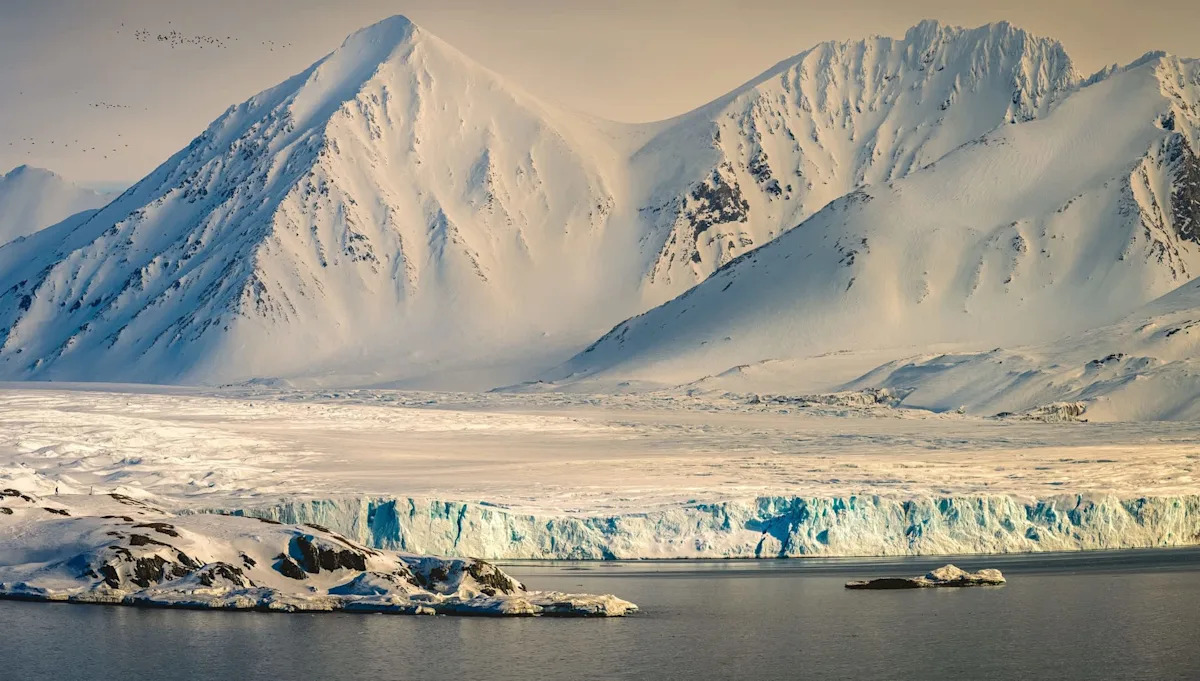Home / Environment / Arctic Food Web Unraveling as Temperatures Surge
Arctic Food Web Unraveling as Temperatures Surge
9 Nov
Summary
- Arctic warming 7 times faster than rest of planet
- Reindeer forced to eat seaweed, polar bears prey on reindeer
- Underwater kelp forests displace native Arctic species

According to the latest reports, the Arctic region is undergoing a dramatic transformation as temperatures surge at an alarming rate. The area is now warming seven times faster than the rest of the planet, and this rapid change is having severe consequences for the region's fragile ecosystem.
One of the most striking impacts is the unraveling of the Arctic's delicate food web. Reindeer, once able to roam freely over ice bridges to find their preferred food sources of grass and lichen, are now increasingly trapped on land and forced to resort to eating seaweed, which experts describe as "survival food." Meanwhile, polar bears, deprived of the ice platforms they need to hunt seals, are turning inland and preying on reindeer and raiding bird nests near human settlements.
Underwater, the changes are equally dramatic. Once-barren seafloors are now dense with thriving brown kelp forests, displacing the native species and rewriting the region's food chain. As one Indian microbiologist studying the Arctic fjord waters explained, "When the sea ice melts and more heat comes, these organisms cannot survive. Other organisms replace them."
These rapid transformations not only threaten the Arctic's wildlife but also the communities and research teams who depend on the stability of these extreme environments. As one Norwegian ecologist who has studied polar bears for over two decades warned, "I think a lot of what we have today will be lost."



